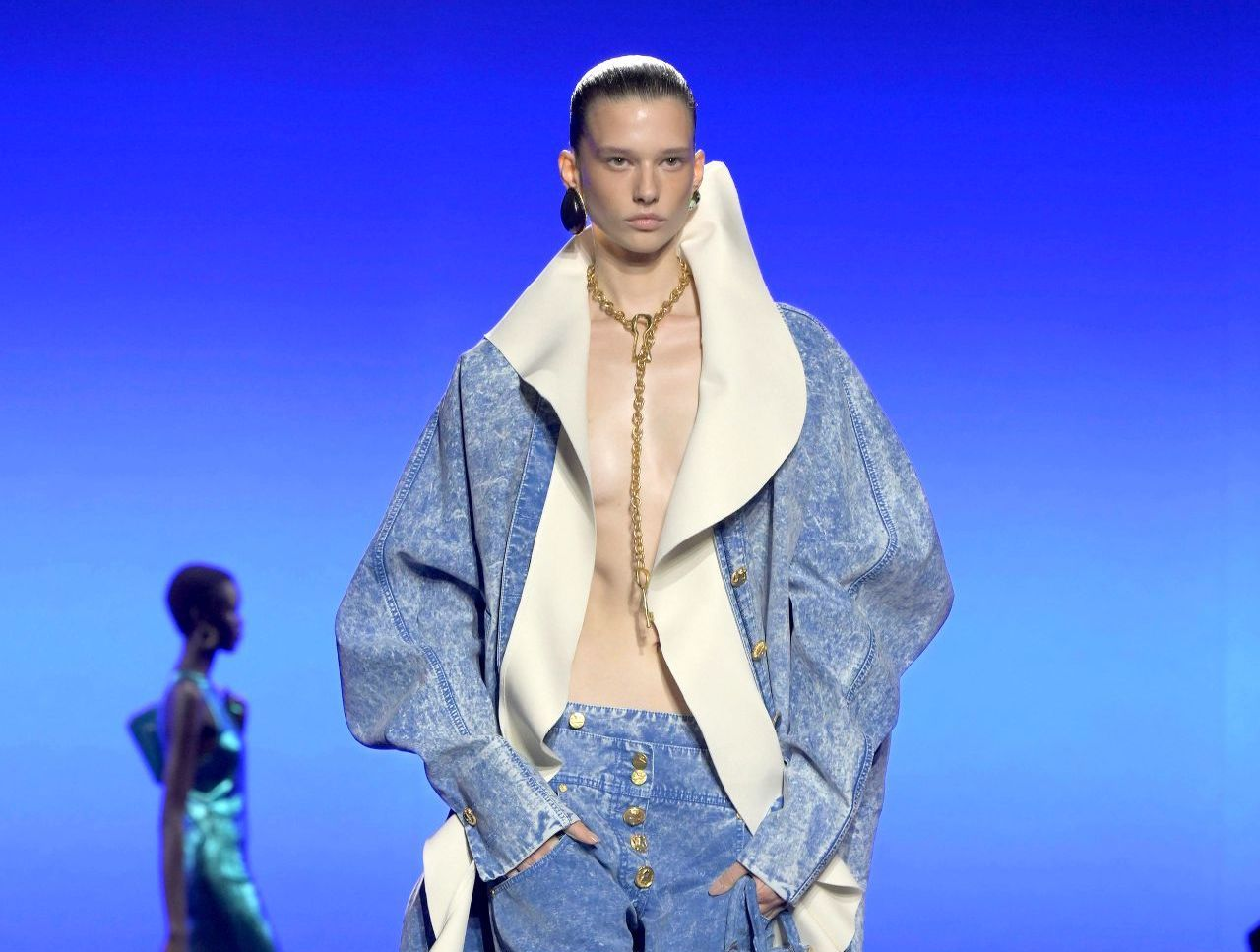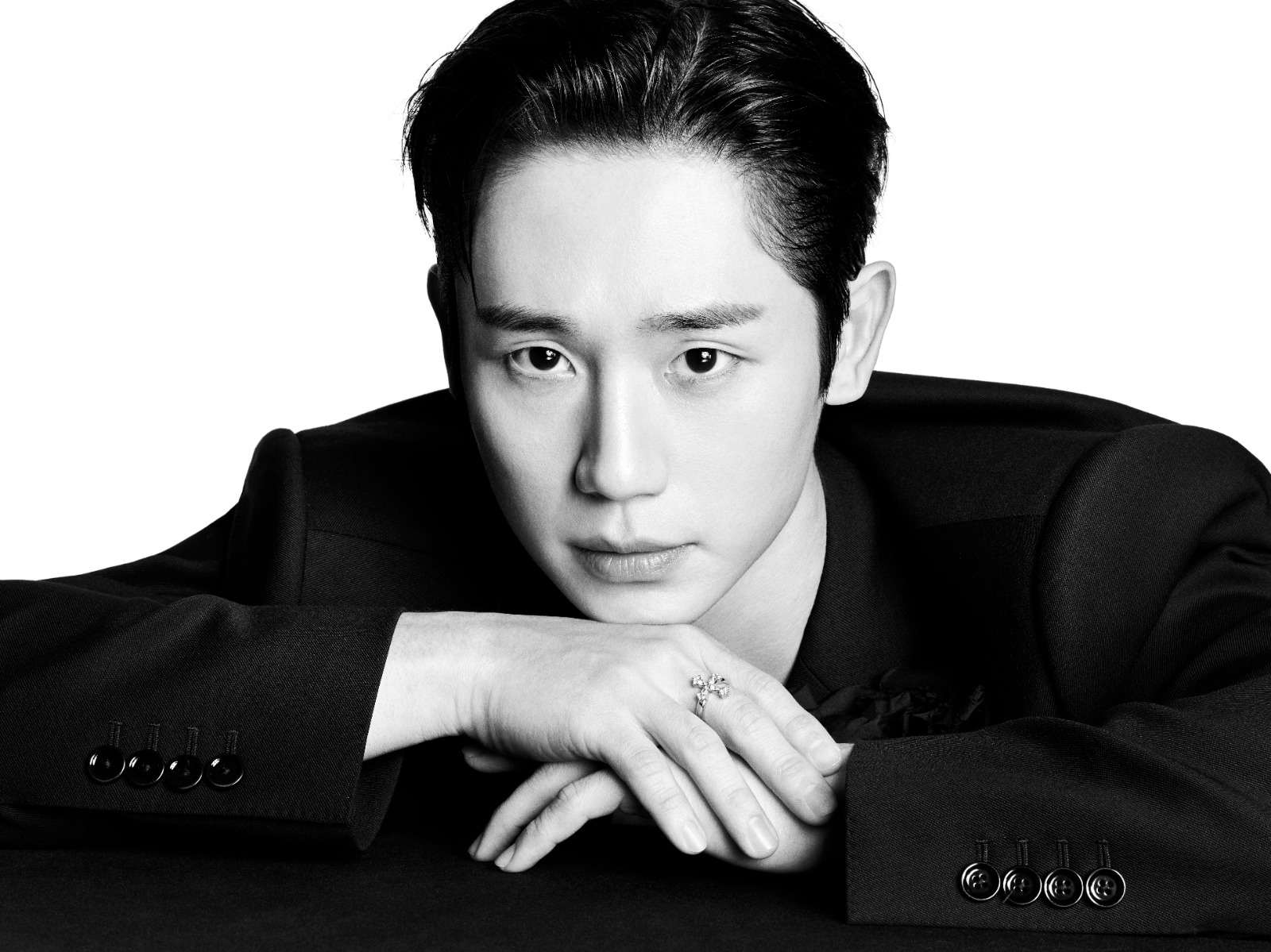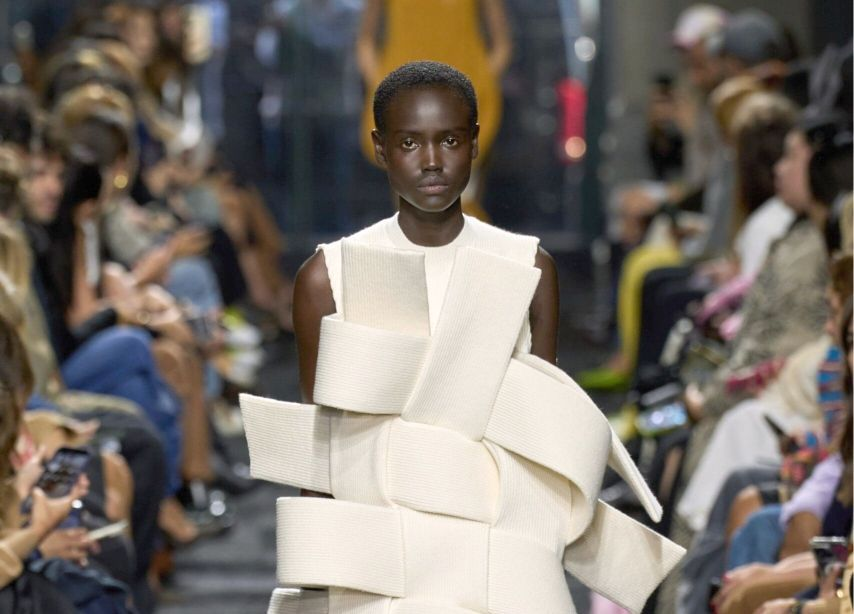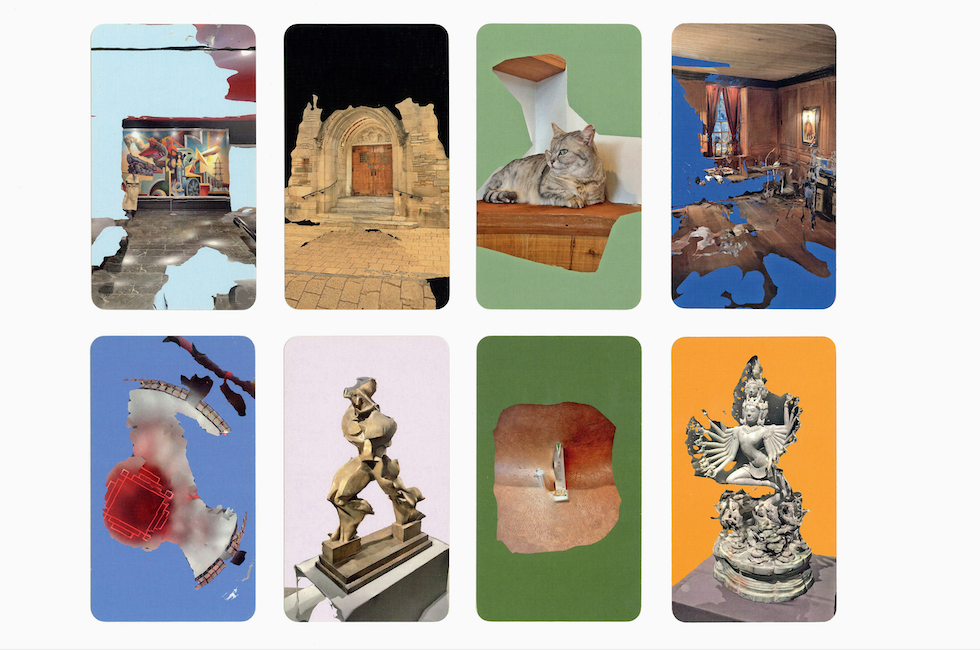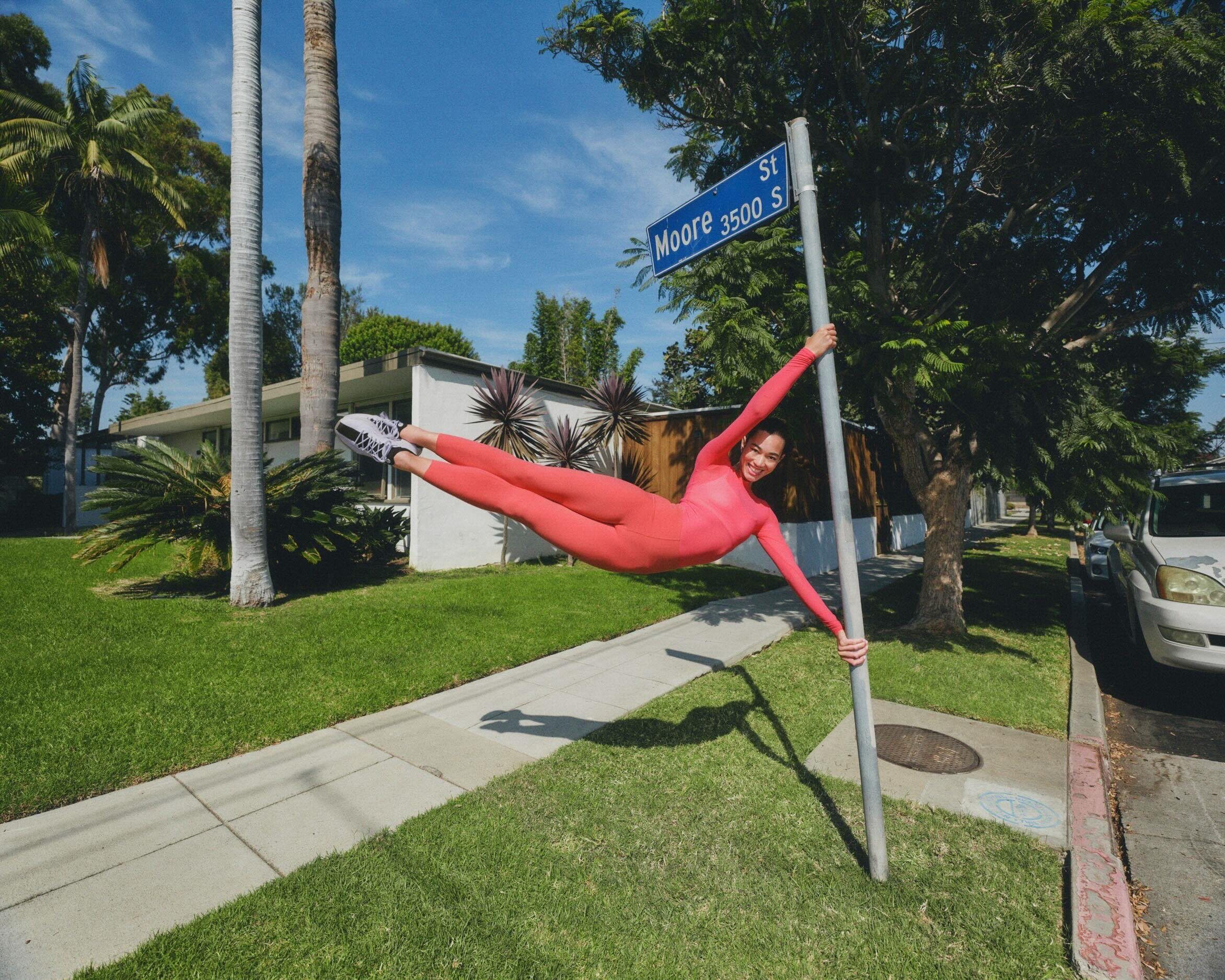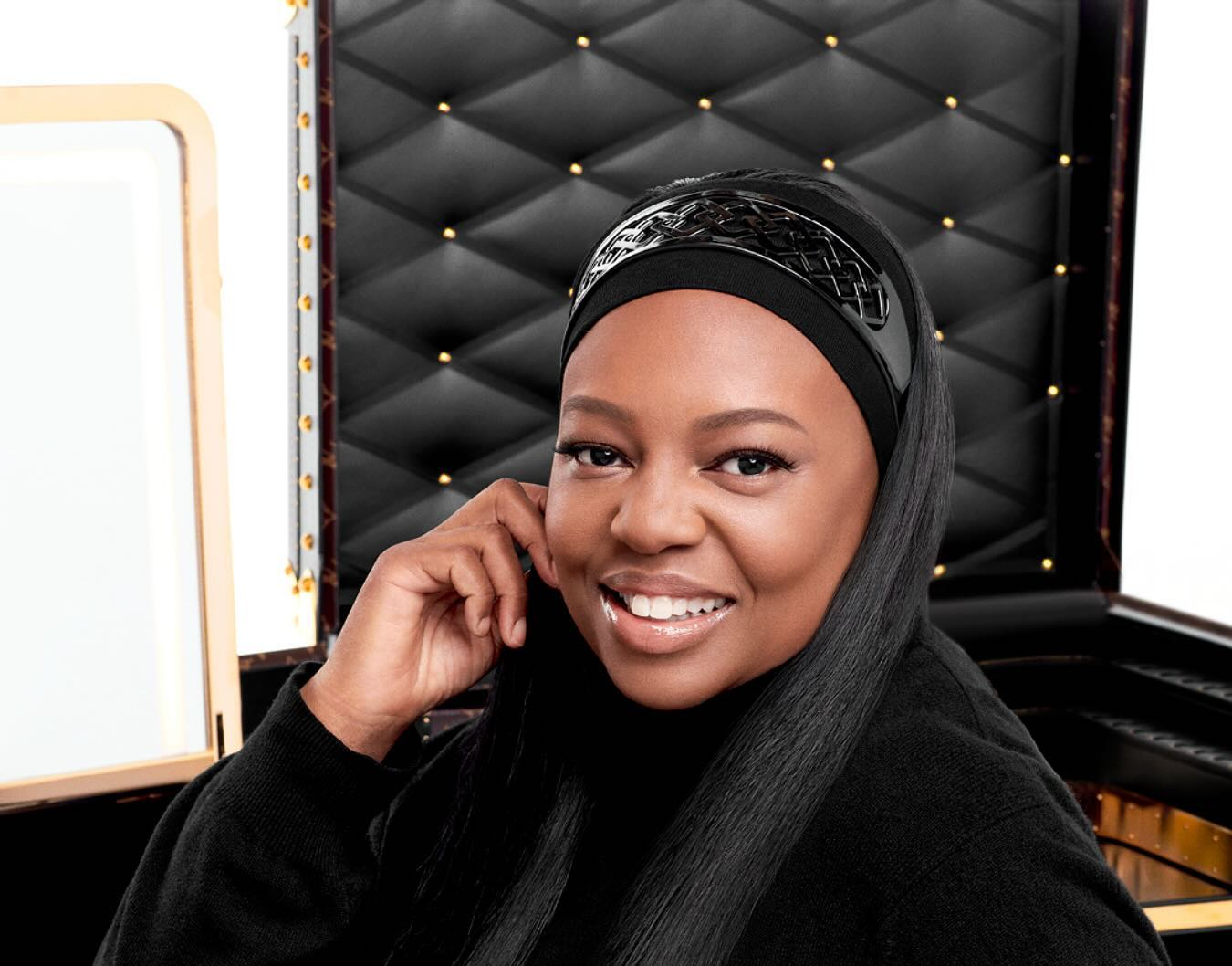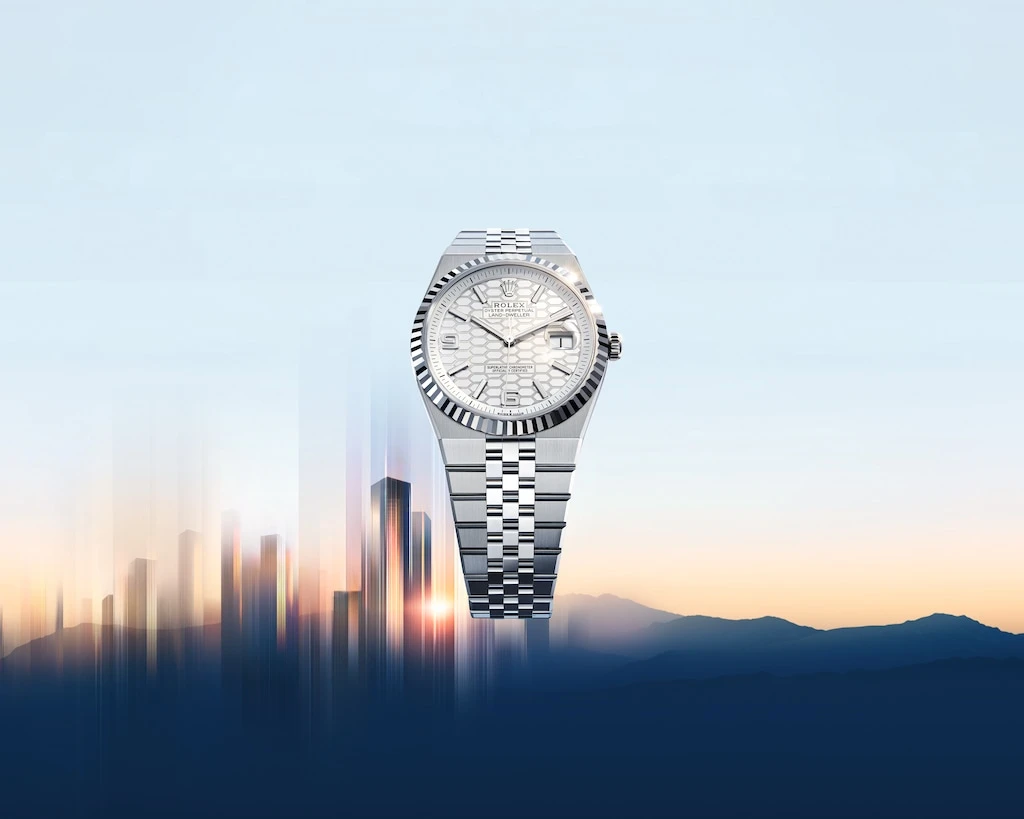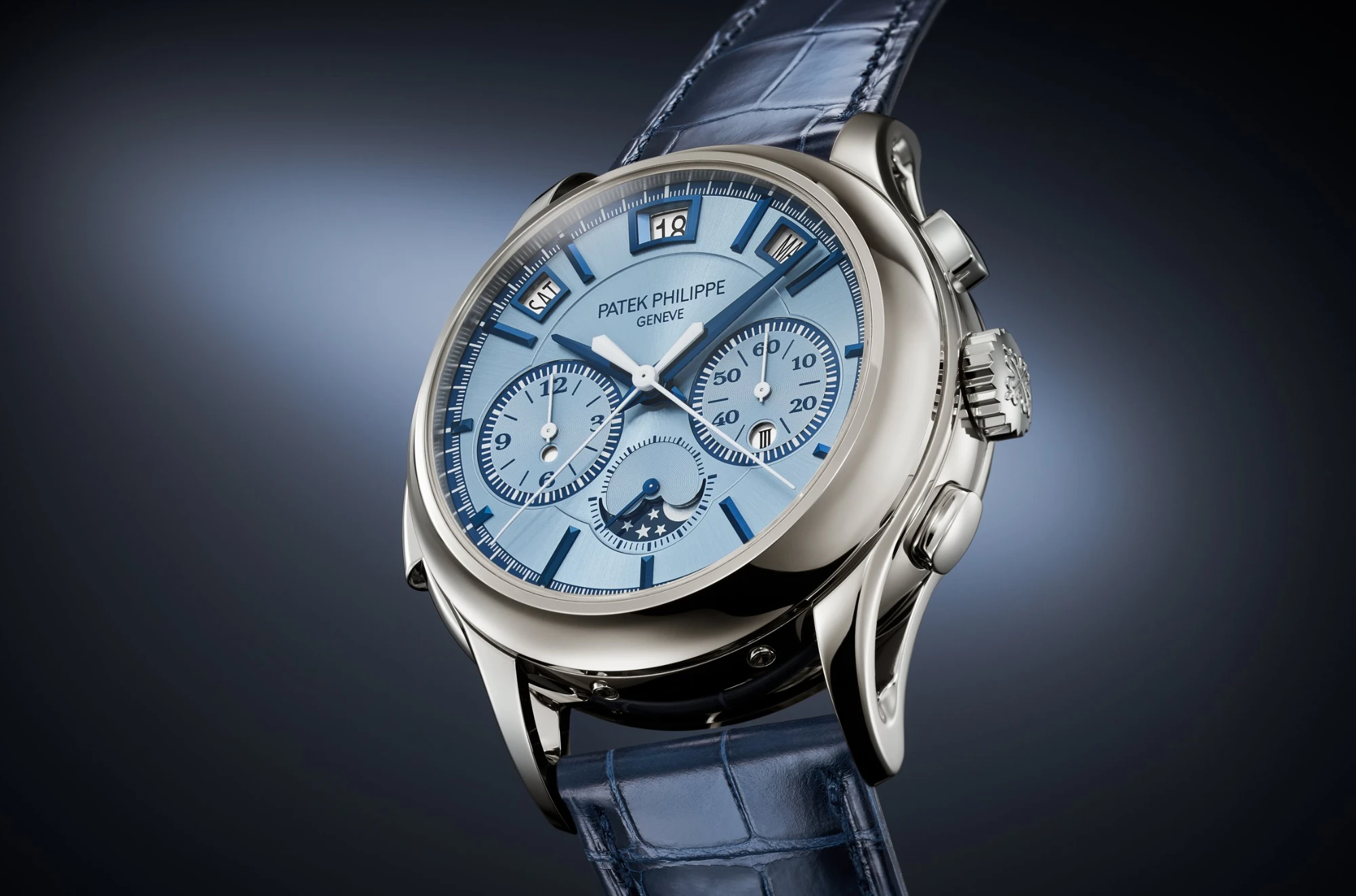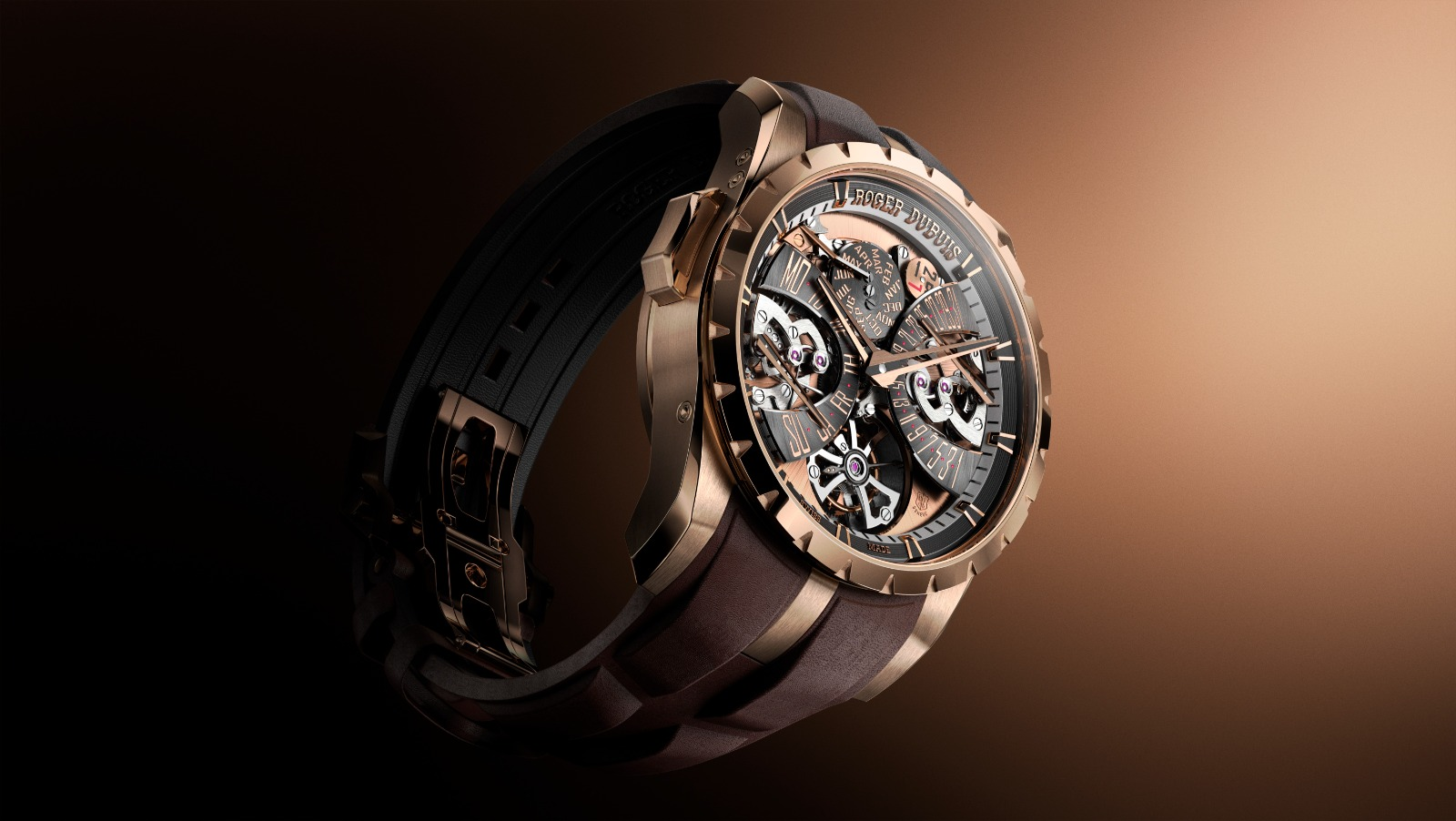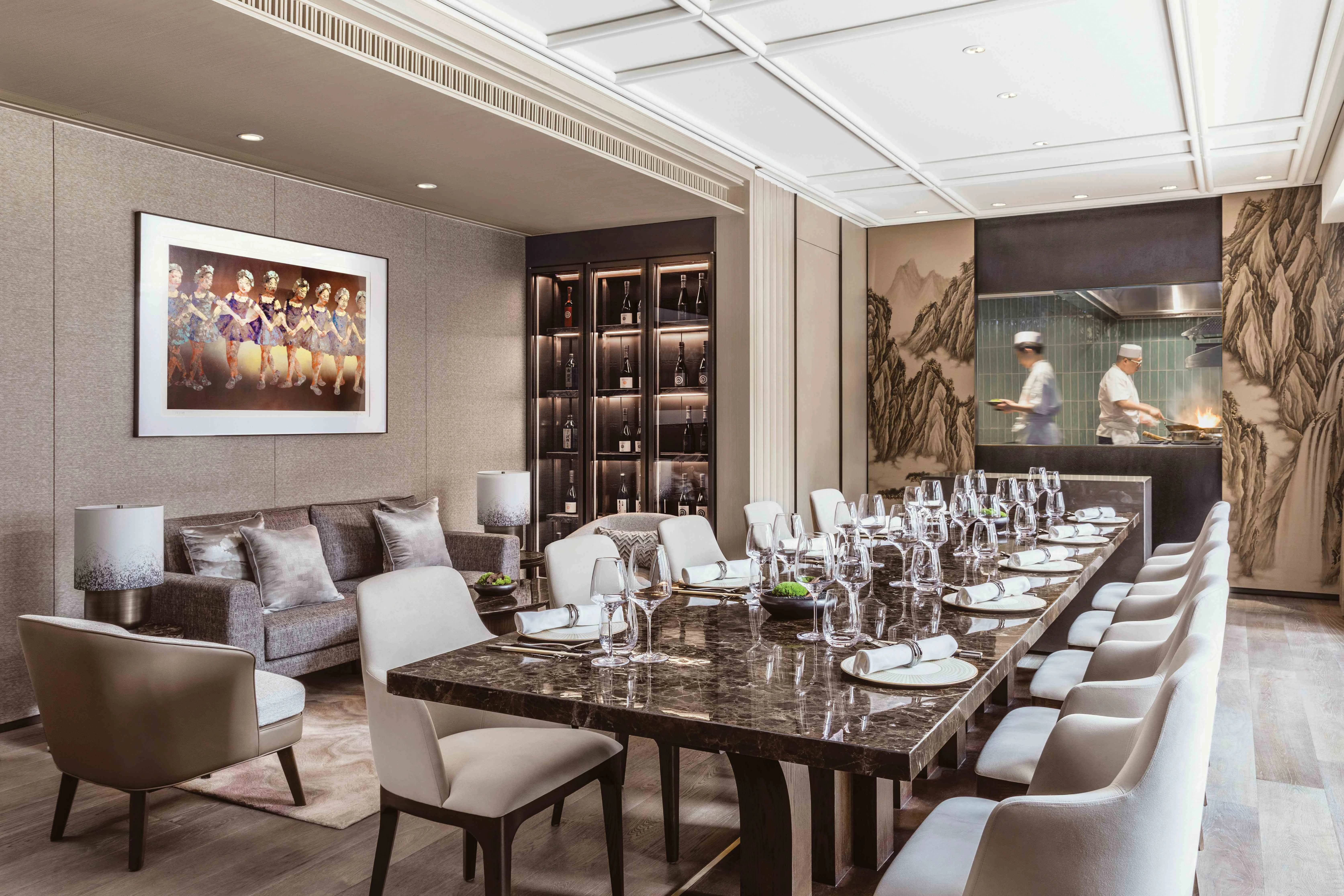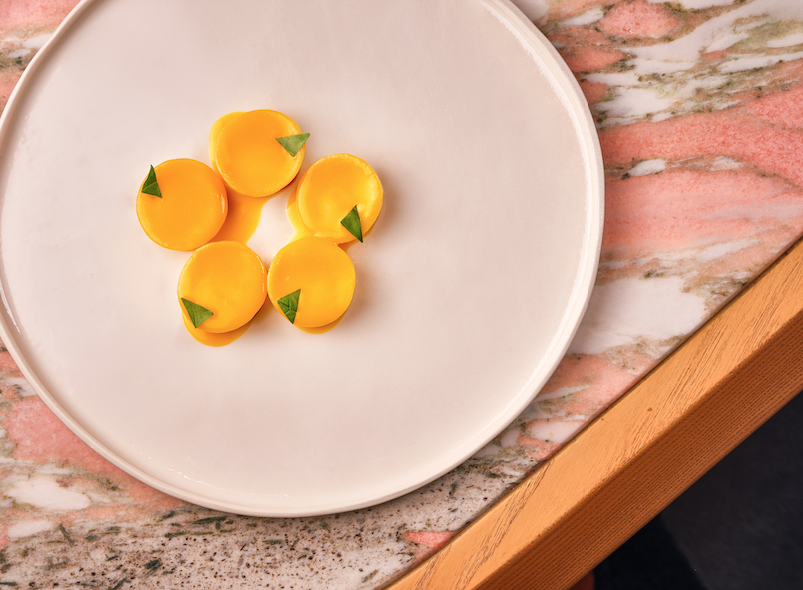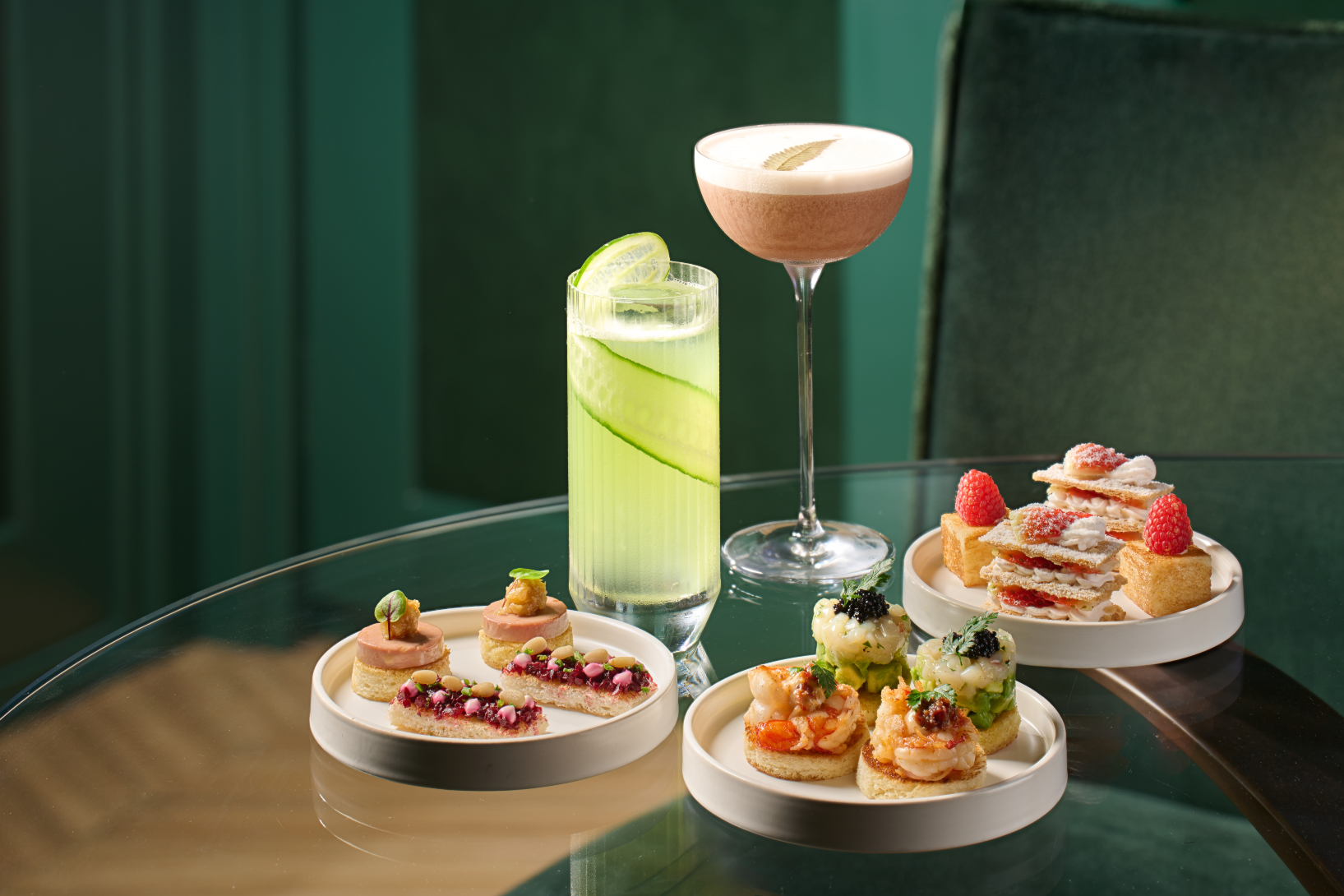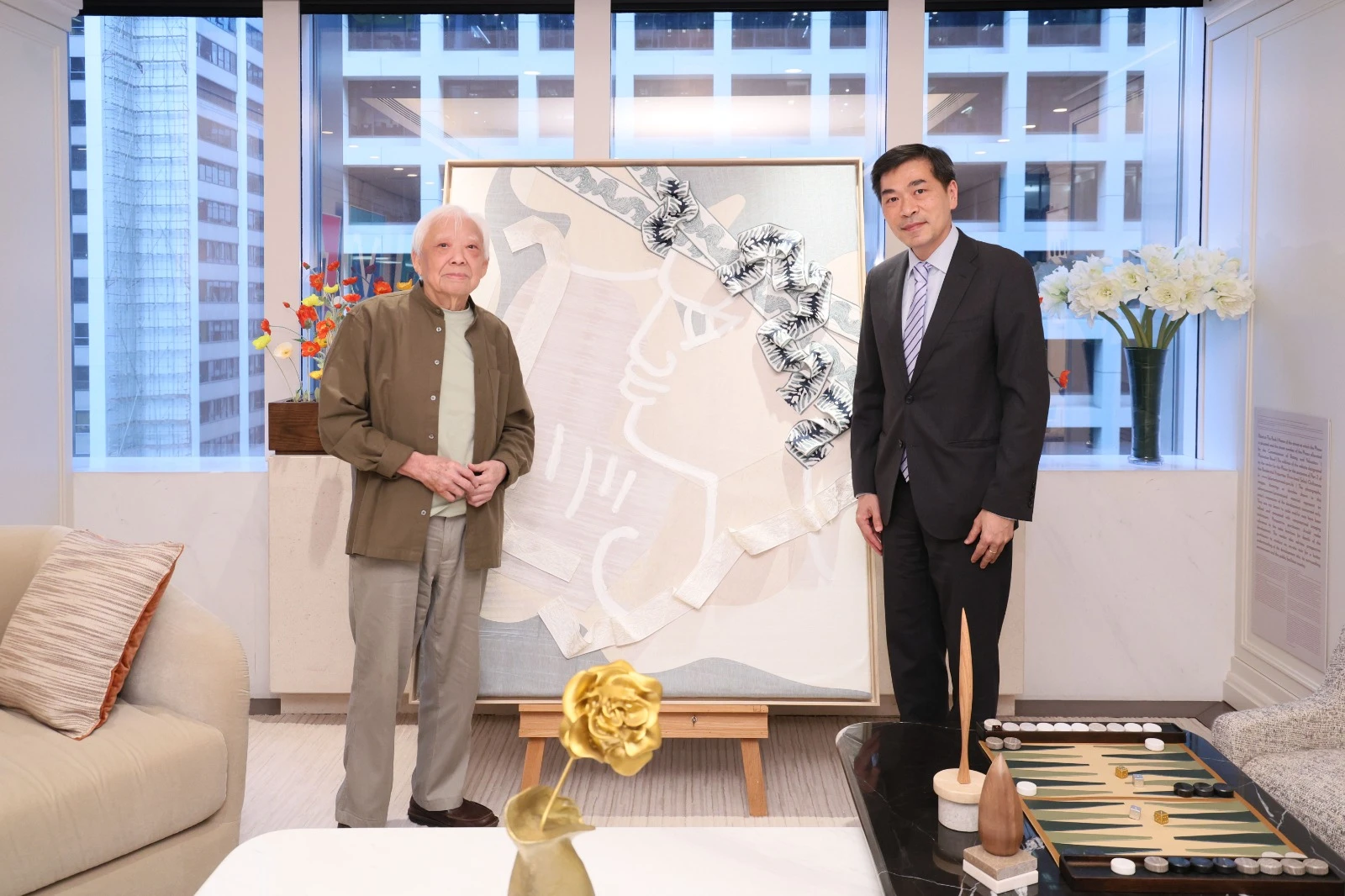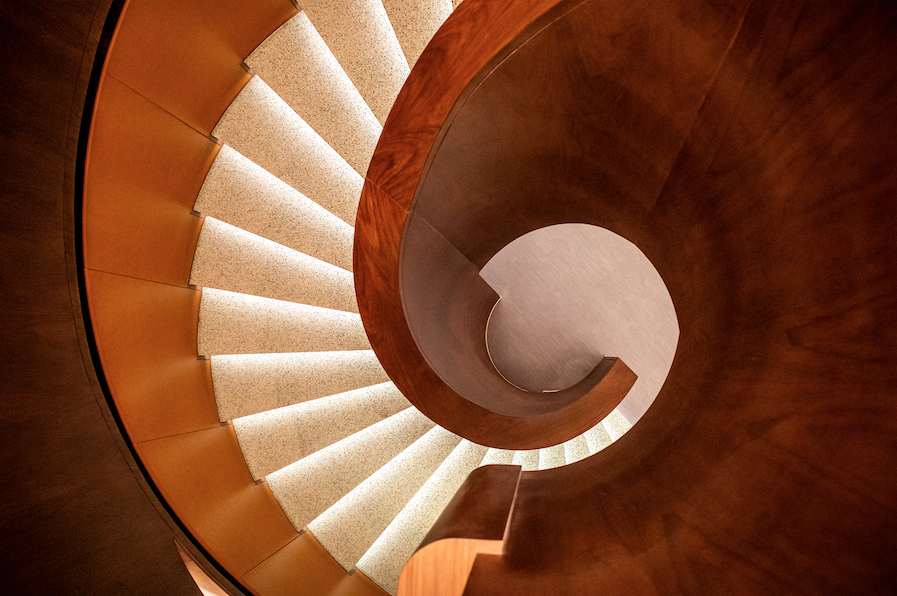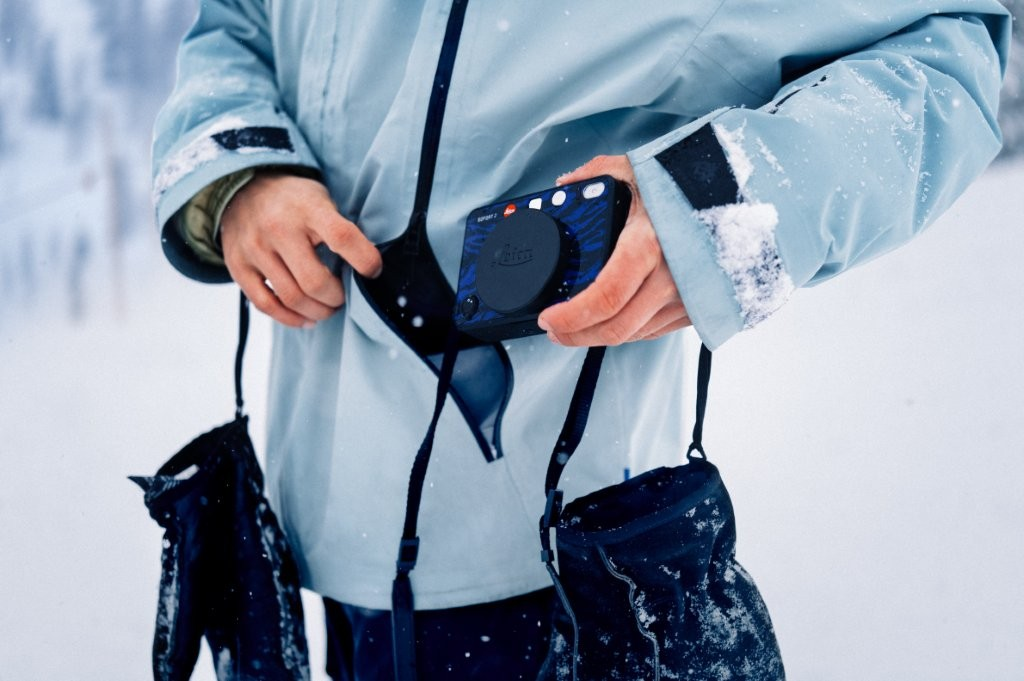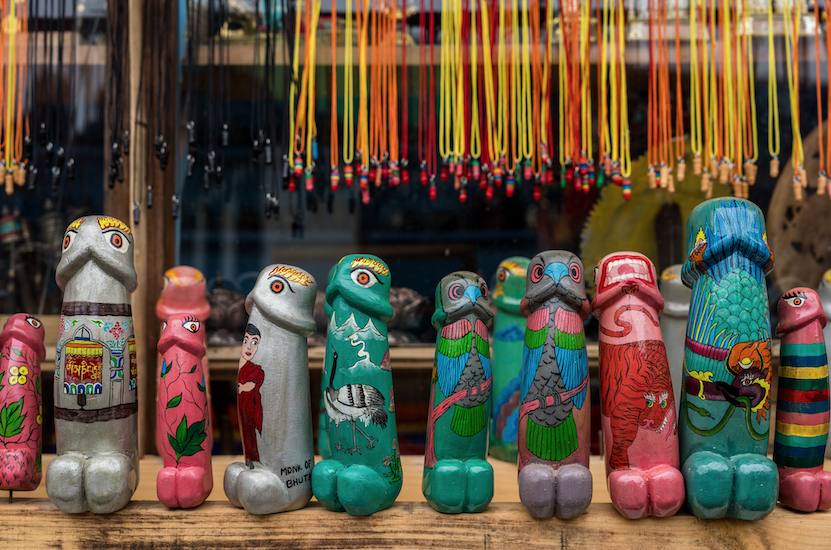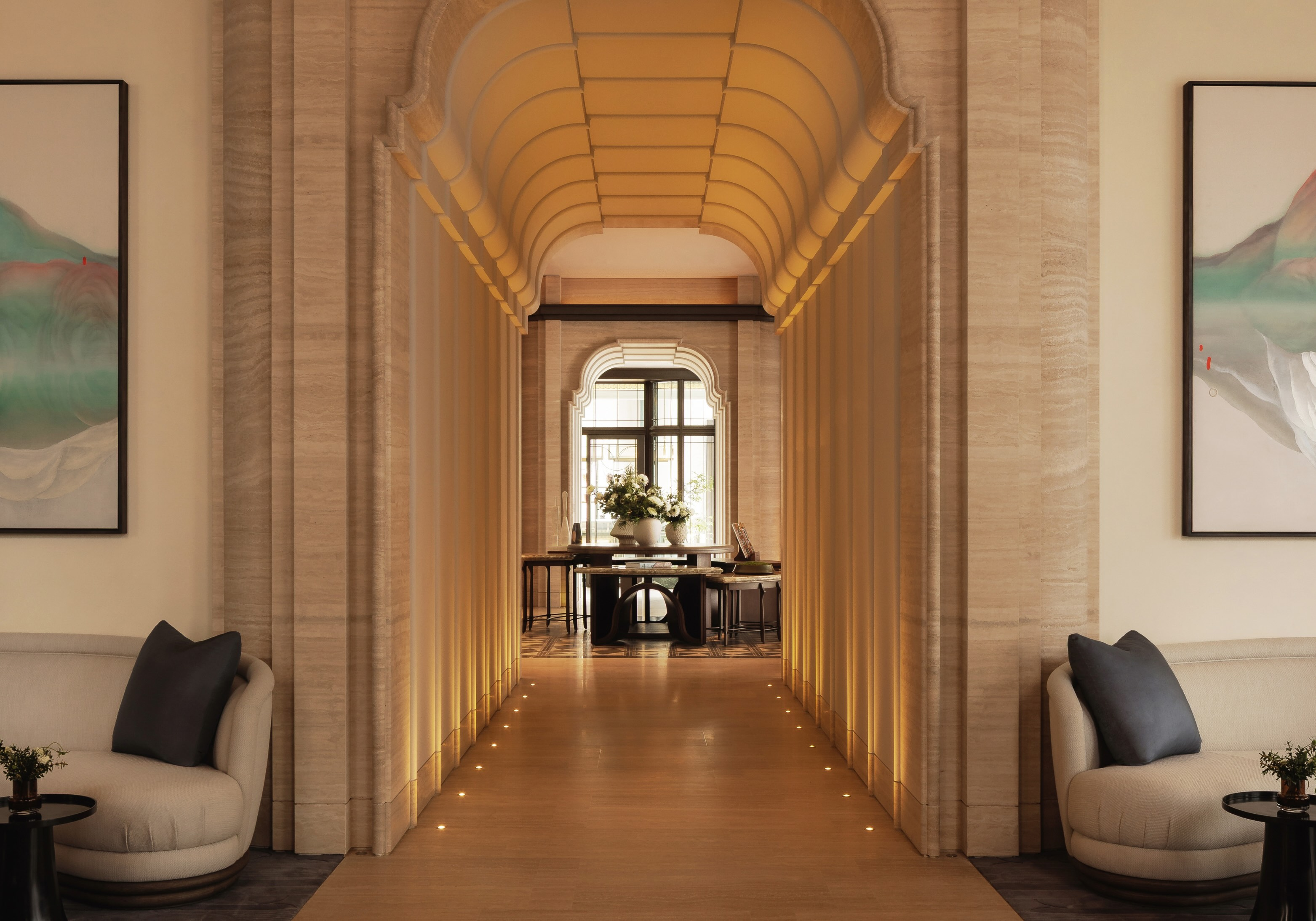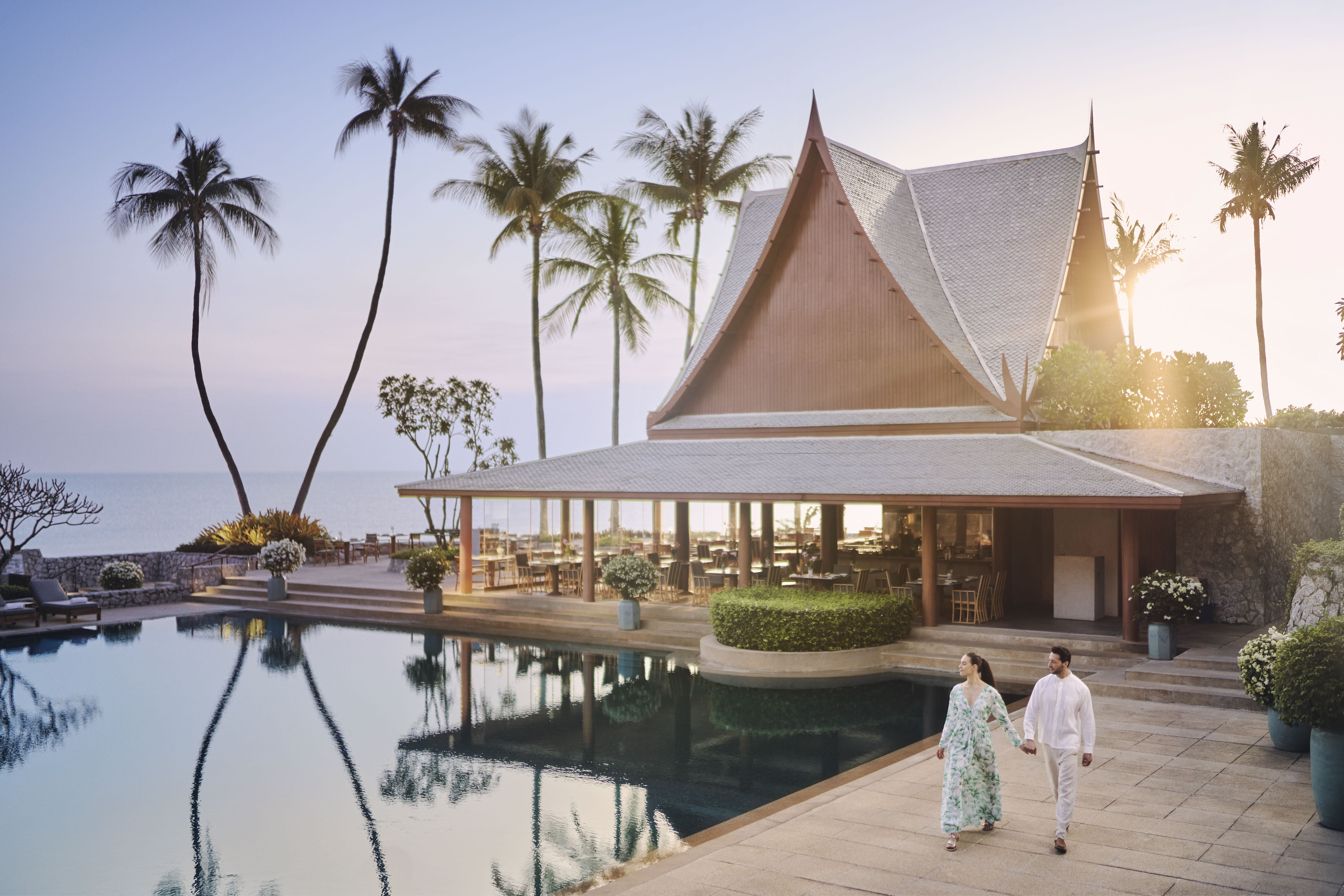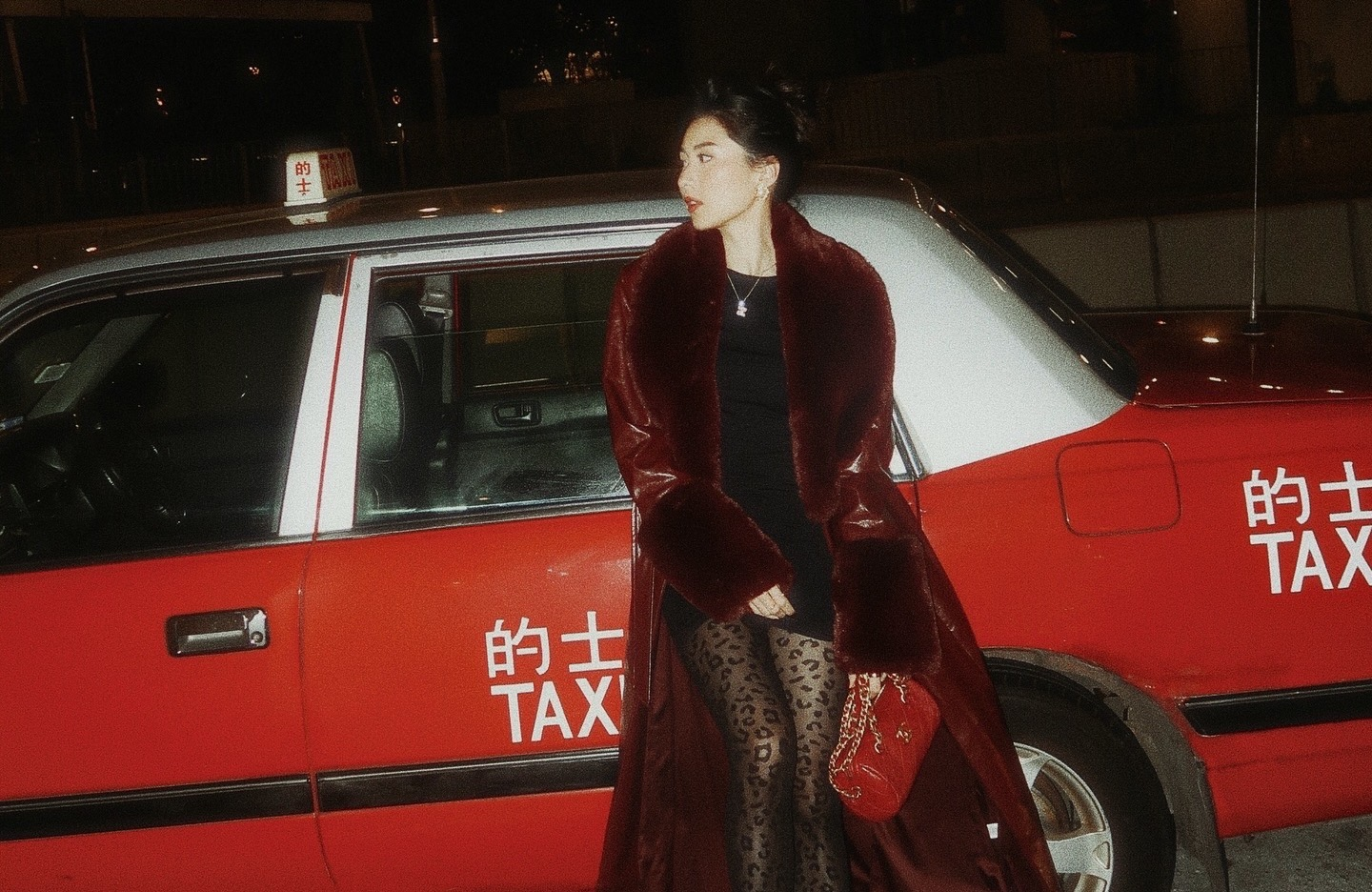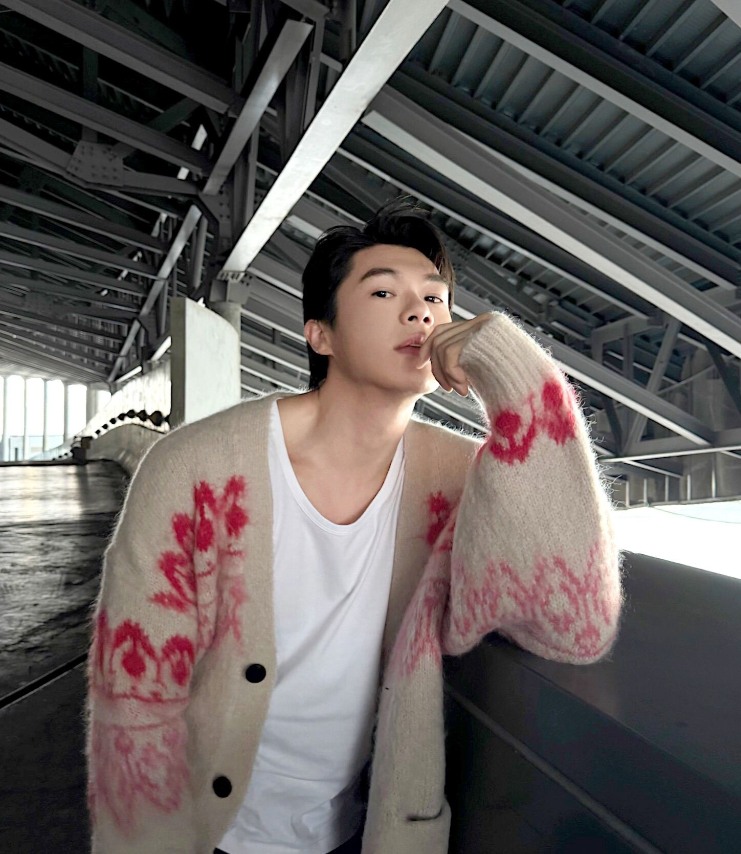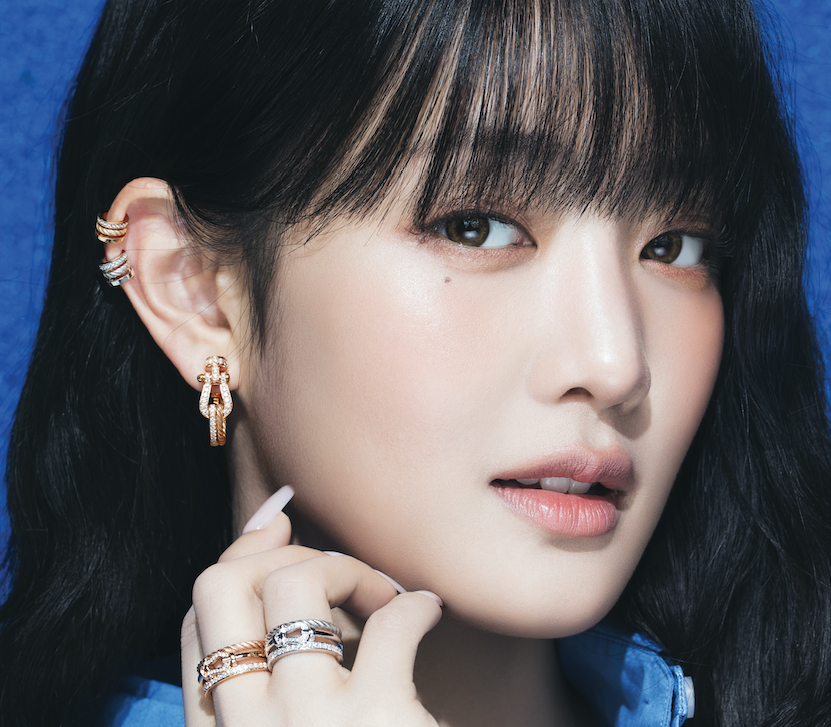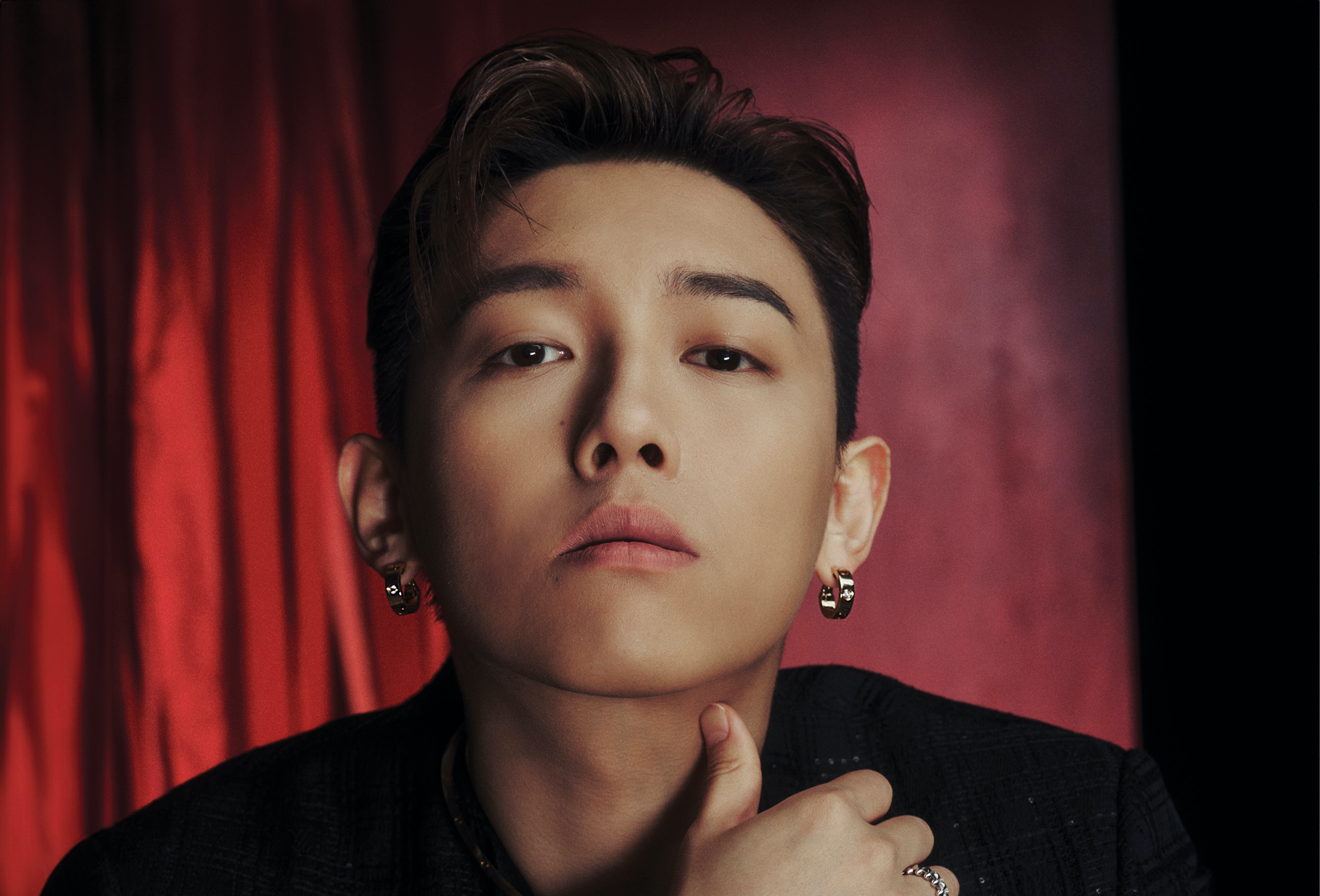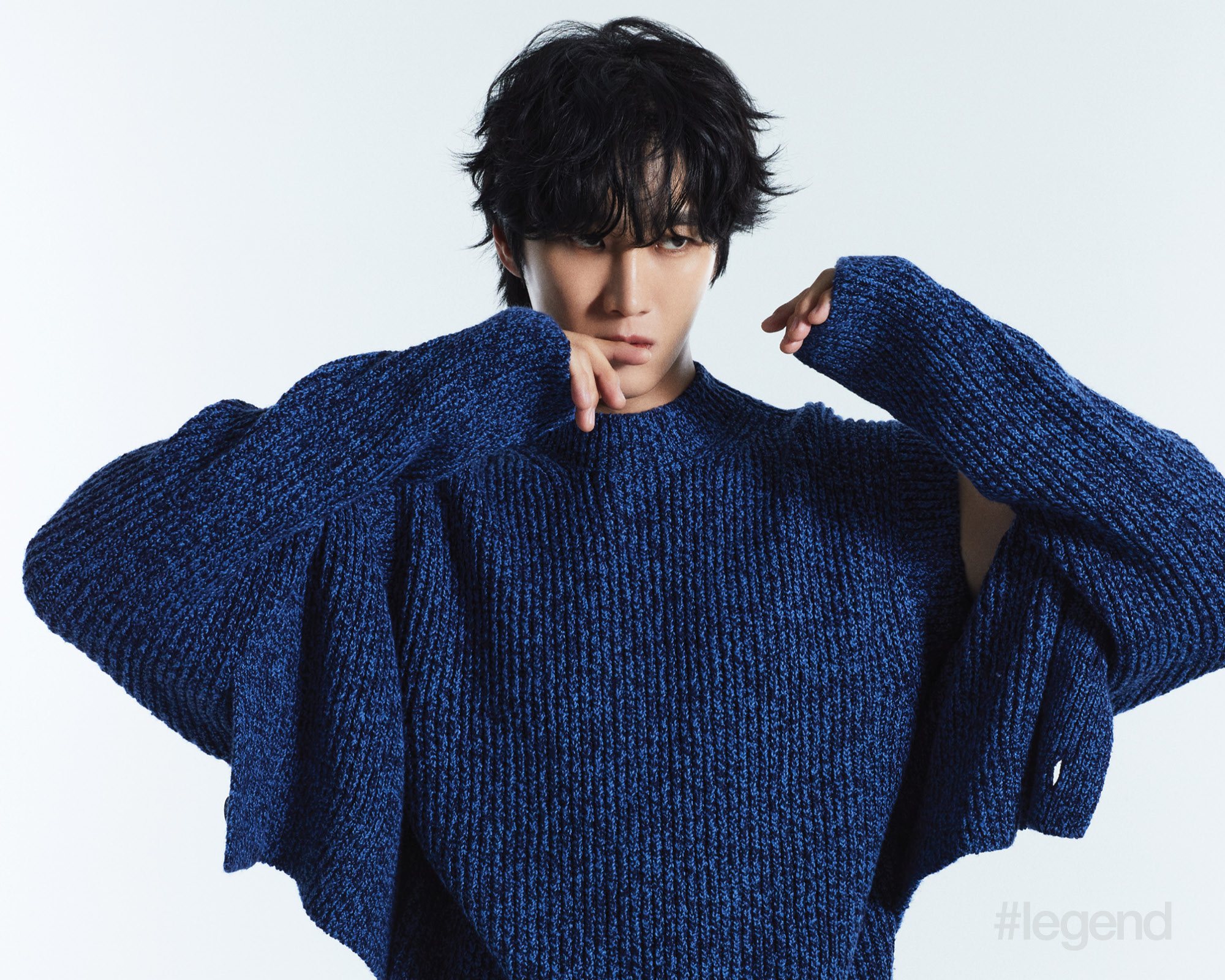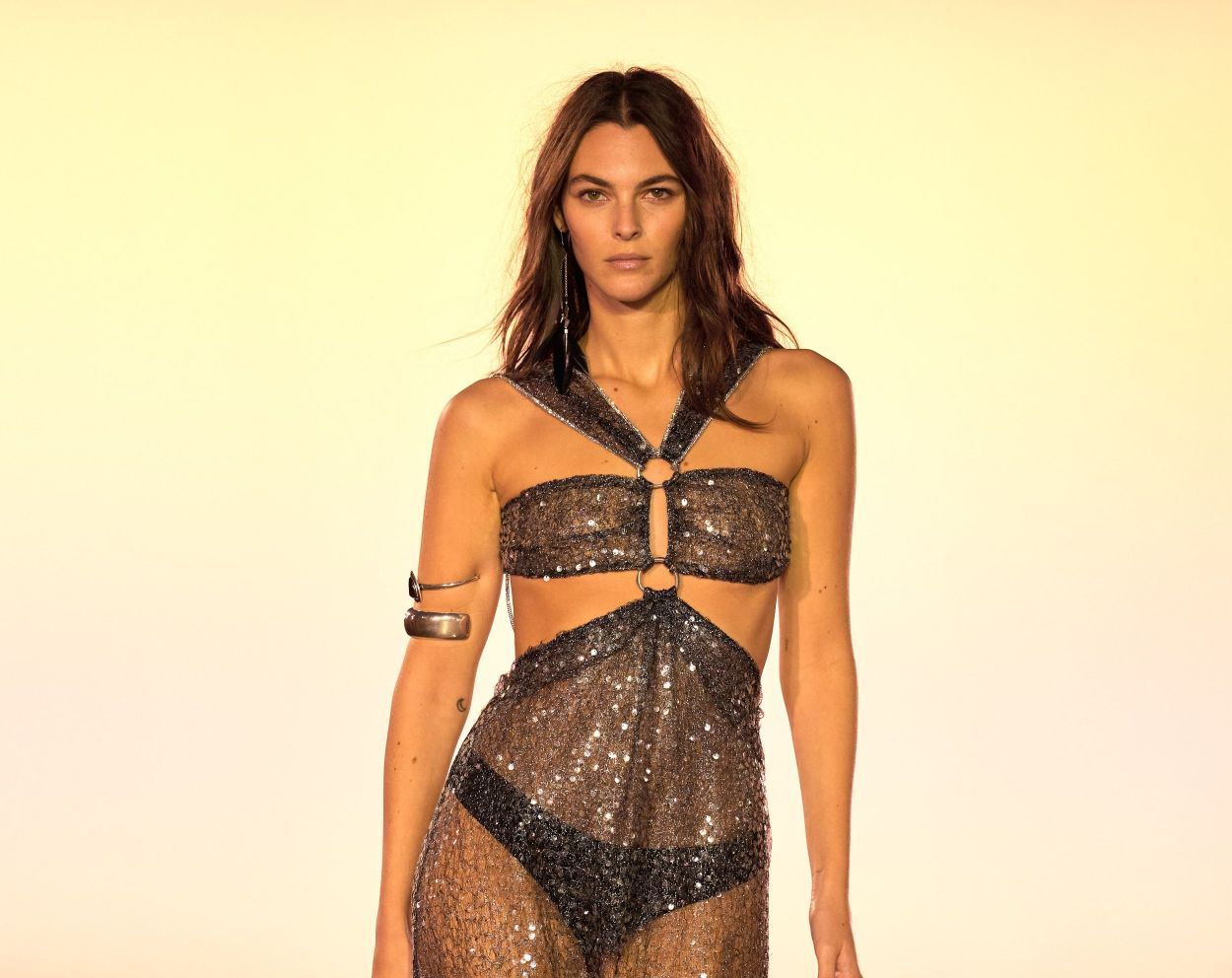Fashion designer Claudia Li on race and representation
Sep 01, 2020
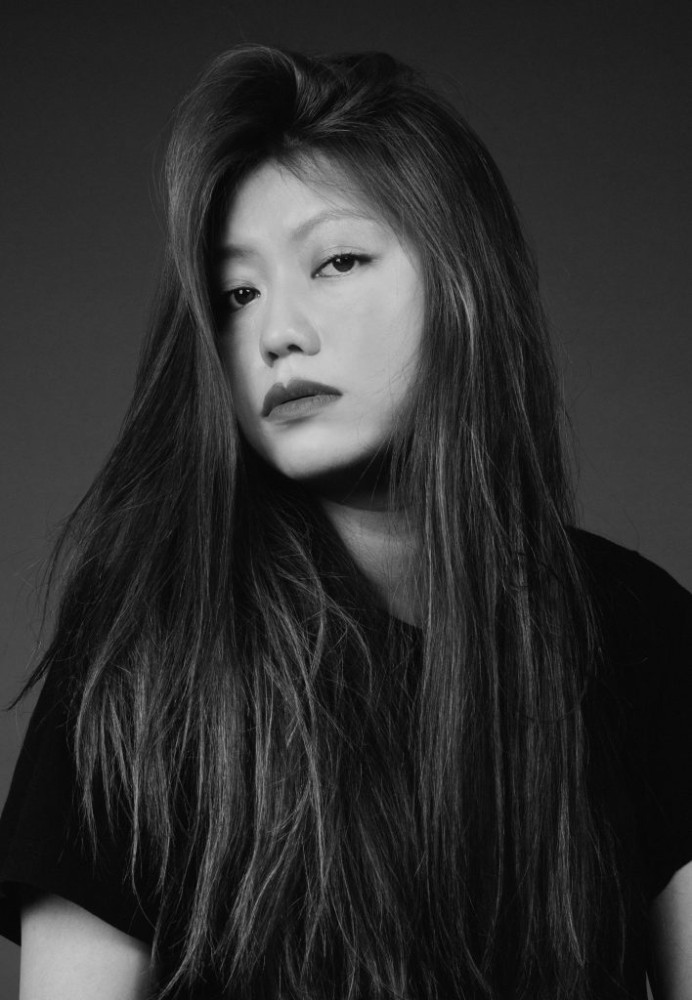
Representation in fashion is nothing new, but the Black Lives Matter movement has brought it straight to the forefront of the industry in 2020. With the ongoing shift in consumer behaviour and overall sentiments, several luxury fashion brands are already making moves towards racial equality.
Earlier this year, Virgil Abloh’s Louis Vuitton Men’s Spring/Summer 2021 show in Shanghai featured an all-Asian cast of models on the runway, while London-based designer Christopher Kane has teamed up with his sister and Central Saint Martin’s tutor, Judith Watt, to create Platform, a digital zine created by BIPOC students from the faculty.
Raised in New Zealand and of Chinese descent, Claudia Li is a New York-based independent fashion designer who is known for her original prints and architectural silhouettes. A recipient of the FGI Rising Star Award and finalist for the International Woolmark Prize, we caught up with Li to learn more about her views on Asian representation and how she incorporates her Chinese identity into her eponymous fashion brand.
What’s your favourite piece among the Fall/Winter 2020 range you showcased earlier this year?
Personally, it was the ERHU prints. It just reminds me so much of my grandfather, whom this collection was dedicated to. The print is a reminder to myself to live my life like he did – to be happy. I also love the pieces in the white quilted padding; the material gives so much definition and structure, emphasising the silhouettes.
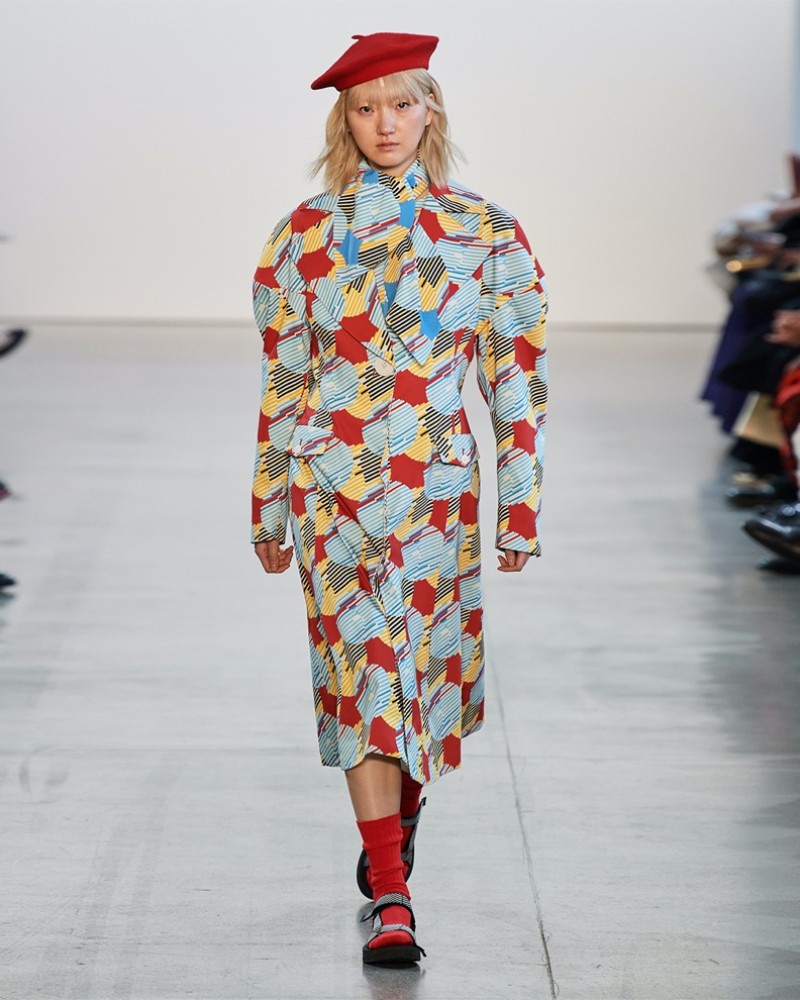
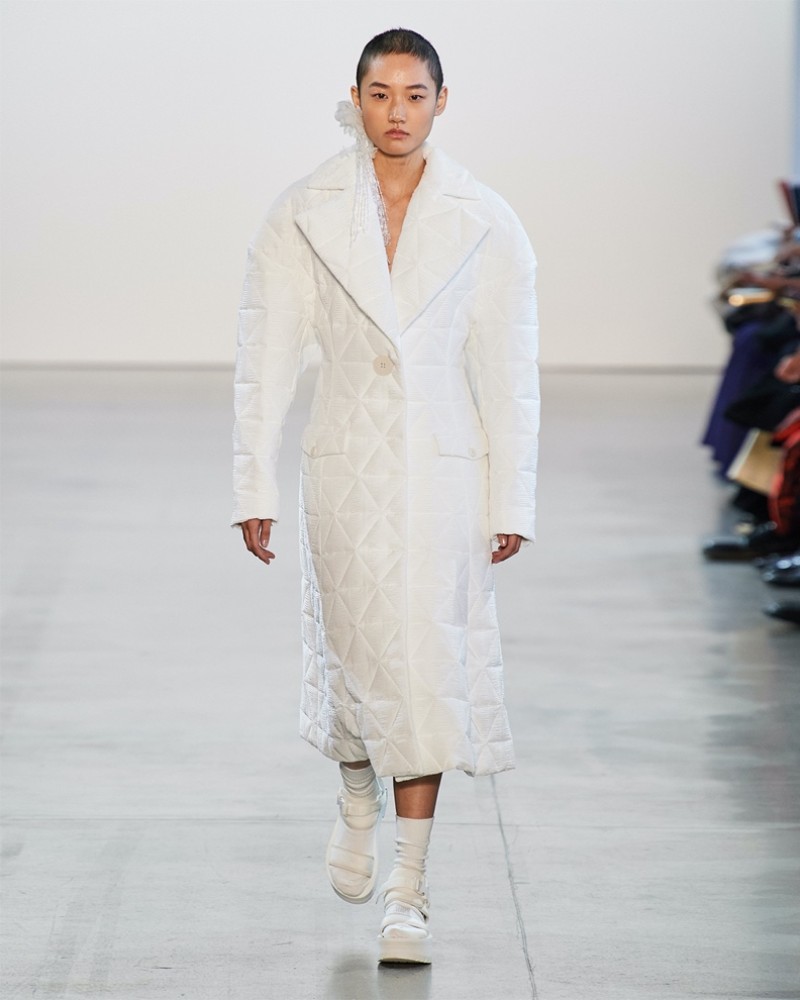
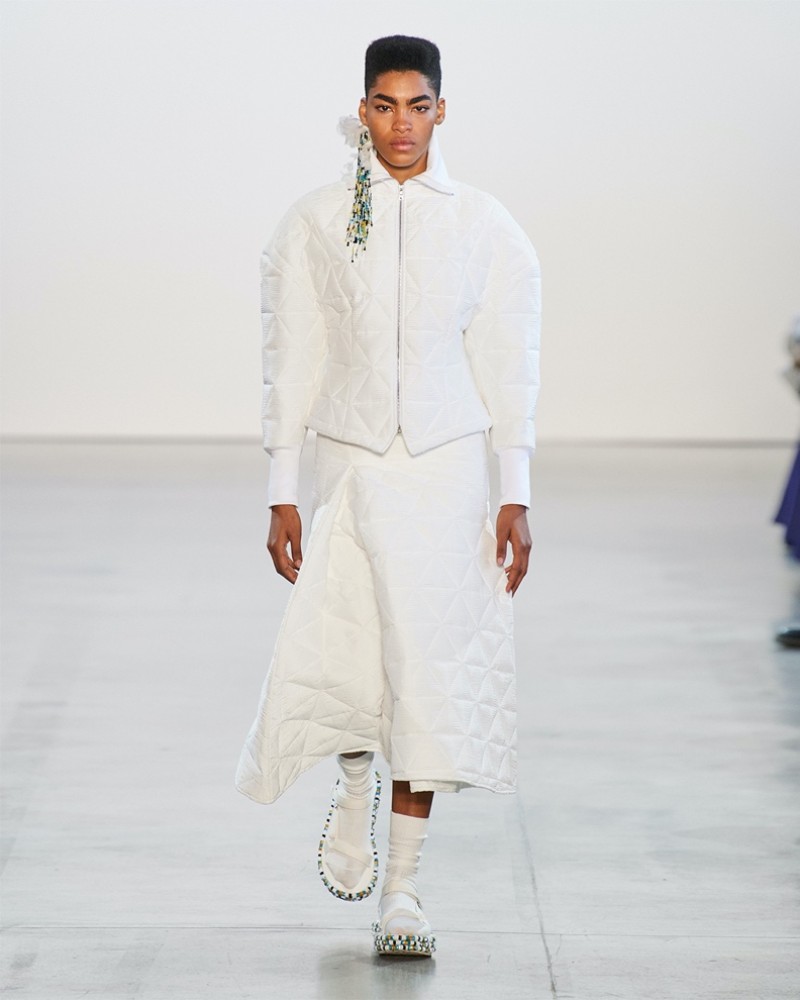
Could you tell us more about your upbringing?
I’m incredibly fortunate to have grown up with the mom and dad that I did. On my mother’s side of the family, everyone is an artist of some sort, and my dad is an art dealer, so creativity wasn’t something they taught me – it was baked into the way they lived was normal. They have always believed and supported my decisions, but to this day, my dad still tells me that my life would be much easier if I painted (my background was initially in painting).
I was 19, and at this point, I had lived in a variety of cities across the South Pacific, and Europe seemed like the next sensible step. I wanted to express myself through my work in a different way other than painting and to connect with people through a different medium. I wanted to create an intimate conversation between my work and its audience.
See also: What will Fashion Week look like post-COVID?
I left home and moved to London. I studied at Central Saint Martins for Design and Pattern Making, which felt like a natural evolution. I didn’t have a master plan, I just wanted to be there, to push myself and see what came of it. I was recommended to the Parsons MFA program by my pattern making professor at CSM. In 2012, I moved to New York, and it was one of the best career-defining decisions I’ve made.
Family seems to be an ongoing theme within your body of work, especially when it comes to design motifs that you subtly infuse into specific garments. Which family member do you think about the most lately?
I recently got married so lately, my husband has been a primary inspiration. Moments are significant and precious to me because you’re only left with flashes of memories once a moment is gone. I often find myself trying to recreate these moments, recreate the mood, and the feelings that I felt in a specific moment. Then reinterpret it into prints, colours, silhouettes, etc.
Beyond your role as a designer, how do you engage in expressing your views on Asian representation?
I think to even start making a difference, we still need to continue doing what we have been doing. Casting many different types of Asian models, working with and supporting Asian photographers, stylists, directors, assistants, etc.
On top of your mind, who are some Asian talents you are personally rooting within your peer group?
Phillip Lim, Prabal Gurung are both doing solid work that involves issues around race and representation. During times like these, we need segments of the community to have conversations. In my opinion, the fashion community needs more people to talk about these things; we need to listen to each other and work together to find agile solutions.
With the excess we live with, especially those living in a dense city, how do you recuperate and stay fresh?
I hike. The most brilliant ideas that come to me are when I’m literally climbing a slope in a snow storm. It is a little bit extreme, but that’s when I can really listen to myself and hear my thoughts in their purest form.
What’s next on your calendar up until the end of this year?
We’re going digital for NYFW this SS21 season. The shoot is happening next week, so we’re currently preparing for that. The pandemic has definitely changed our industry, and how we live, how we work, how we communicate, what we speak.
I am actually heading back to New Zealand for a few months after the show to be with my family. The past five years of my life have been a nonstop flight, and with everything that is going on globally, I want to take some time to slow down, and most importantly, to feel grounded again.
See more of Claudia Li’s designs on claudia-li.com
See also: Opinion: Why digital fashion weeks are better than IRL


